How to Align Ear Crystals

If you have ever experienced dizziness or vertigo you know how terrifying and debilitating it can be. Fortunately, treatment can be very helpful to as long as it is done under the direction of an experienced physician or specialist.
The Epley Maneuver, named after John Epley, M.D., is a well accepted treatment for benign paroxysmal positional vertigo (BPPV) that aligns the ear crystals (otoconia) in your balance system. Your doctor will recommend it after a number of tests are done to determine the cause and if it is appropriate for you. These tests will also determine how to do the home version of the Epley Maneuver. Specifically, to determine the side that is affected.
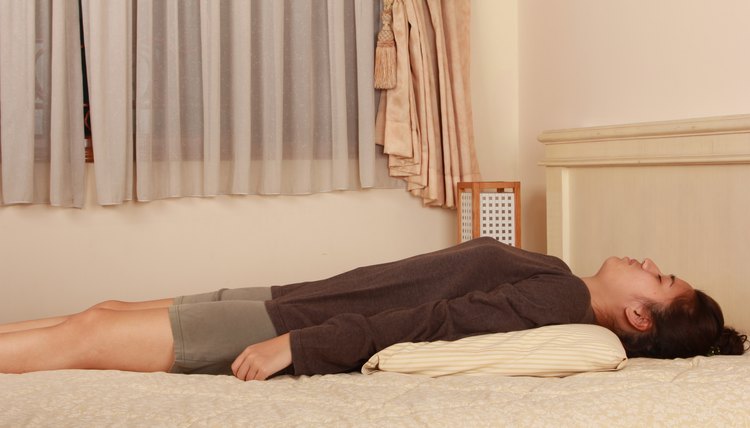
Chris Zainal/Demand Media
Place a pillow partway down your bed so that your shoulders will lie on it rather than your head.
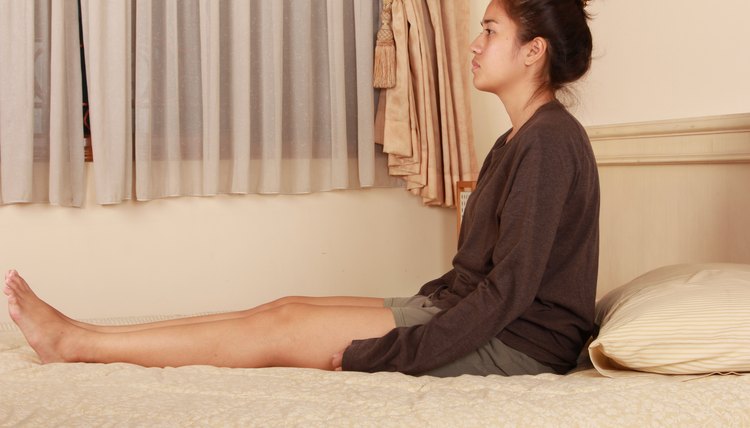
Chris Zainal/Demand Media
Sit on the bed with your legs extended and your feet together.

Chris Zainal/Demand Media
Place your hands on either side to safely support your upper body in an upright position.
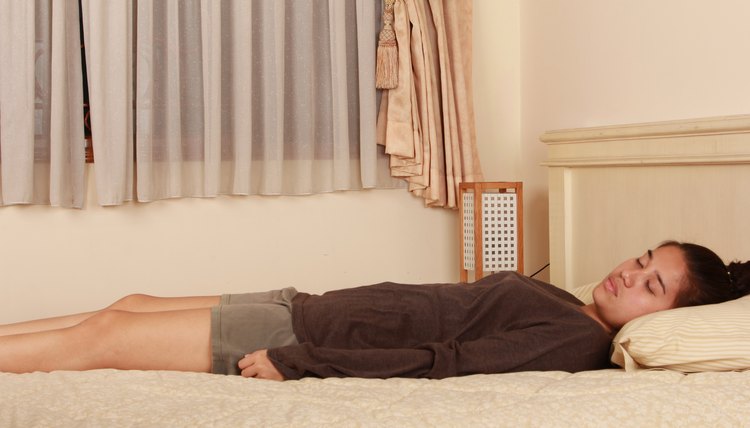
Chris Zainal/Demand Media
Turn your head 45 degrees to the left then lay down over the pillow so that your head hangs down taking care not to let it hang more than 20 degrees.
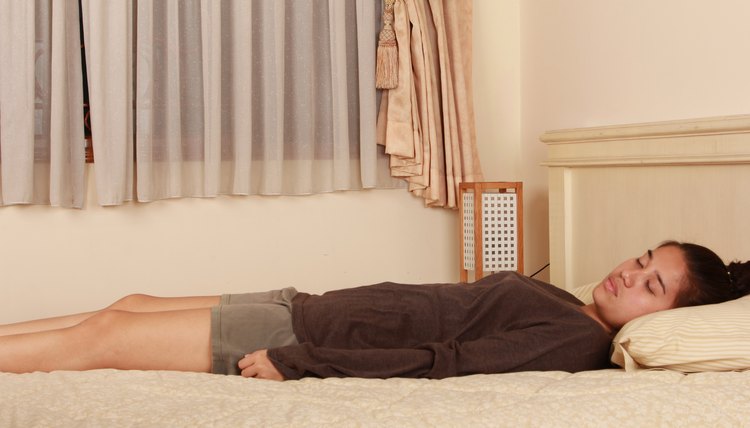
Chris Zainal/Demand Media
Stay in that position for 30 seconds.
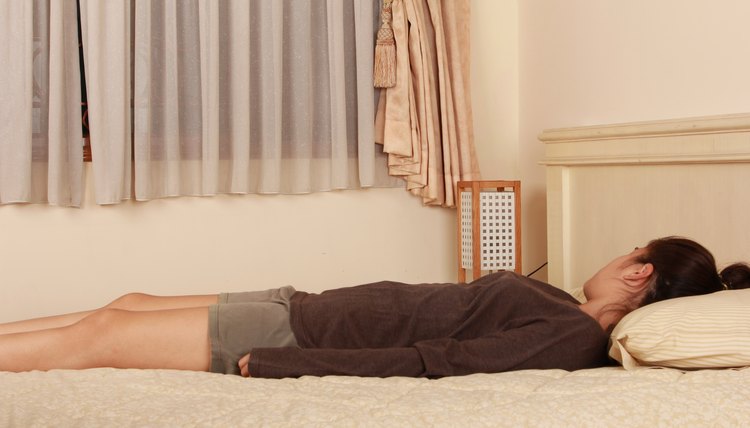
Chris Zainal/Demand Media
Turn your head 45 degrees to the right and stay in that position for 30 seconds.

Chris Zainal/Demand Media
Roll on to your right side and lie there for 30 seconds.
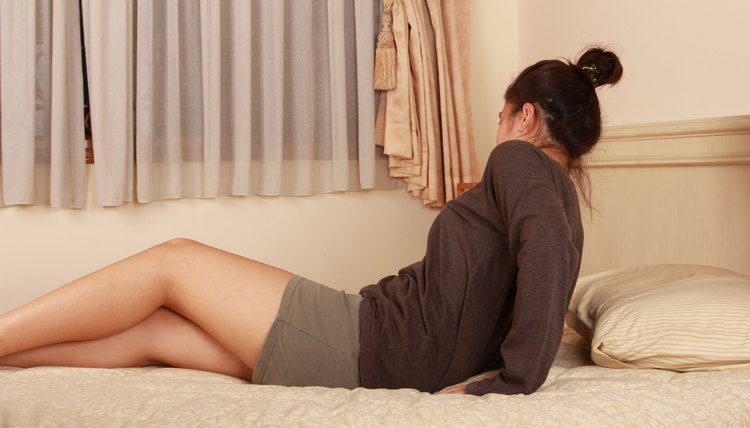
Chris Zainal/Demand Media
Slowly get up to the starting sitting position as noted in Step 2 and sit for one minute.
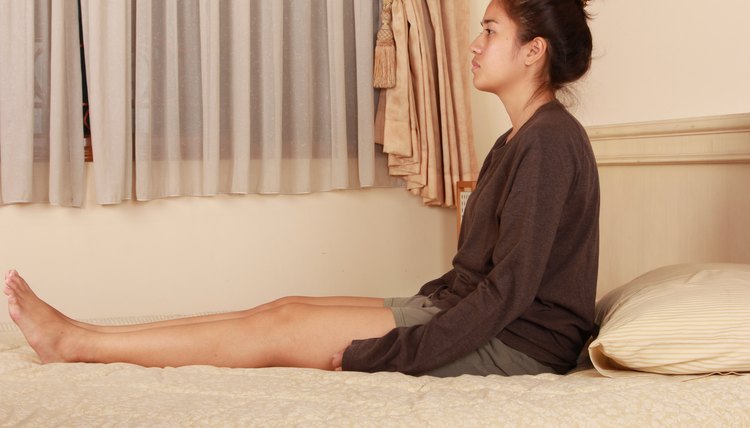
Chris Zainal/Demand Media
Repeat Step 2 through Step 7 for the second cycle.
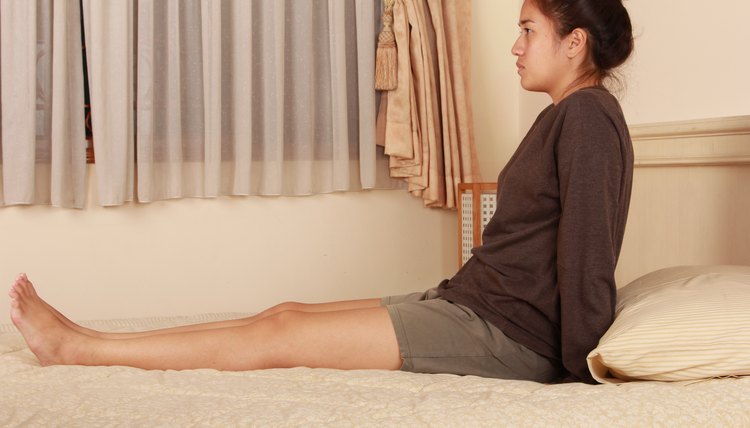
Chris Zainal/Demand Media
Repeat Step 2 through Step 7 for the third and final cycle.

Chris Zainal/Demand Media
Repeat this exercise once a day for one week, then report to your doctor.
Home Epley maneuver when the affected side is the right.

Chris Zainal/Demand Media
Place a pillow partway down your bed so that your shoulders will lie on it rather than your head.
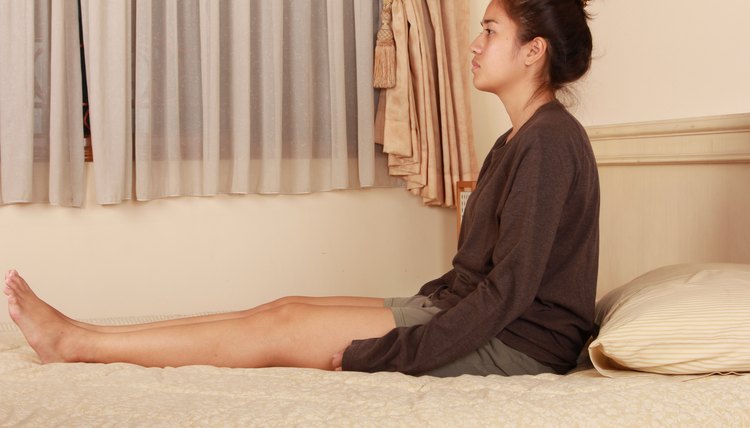
Chris Zainal/Demand Media
Sit on the bed with your legs extended and your feet together.
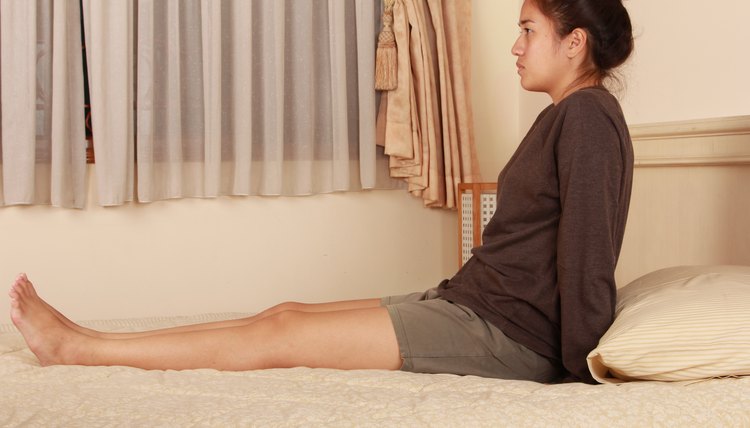
Chris Zainal/Demand Media
Place your hands on either side to safely support your upper body in an upright position.
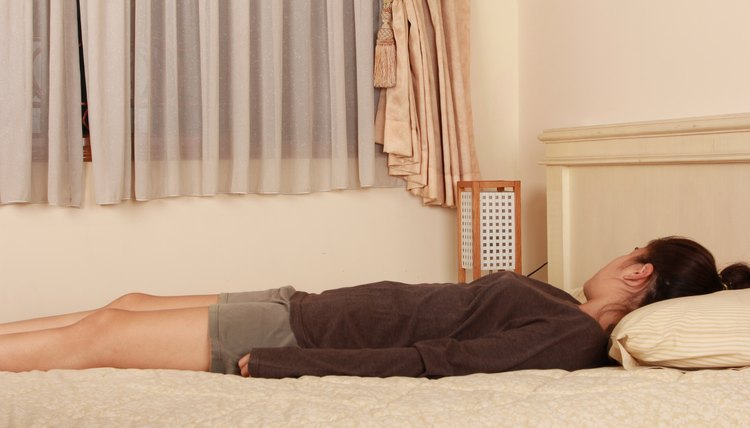
Chris Zainal/Demand Media
Turn your head 45 degrees to the right then lay down over the pillow so that your head hangs down taking care not to let it hang more than 20 degrees.
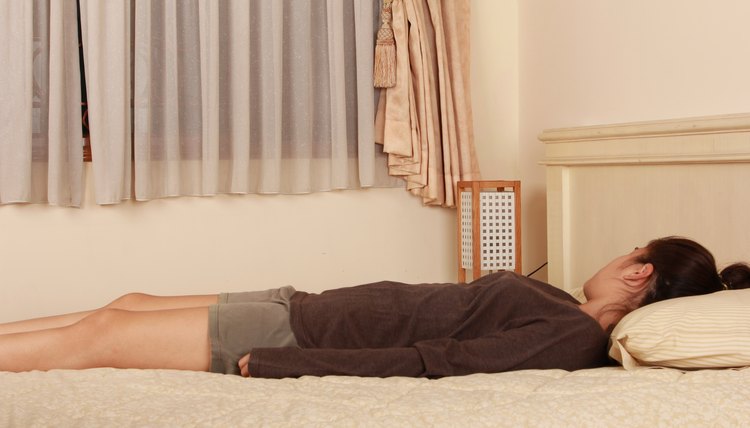
Chris Zainal/Demand Media
Stay in that position for 30 seconds.
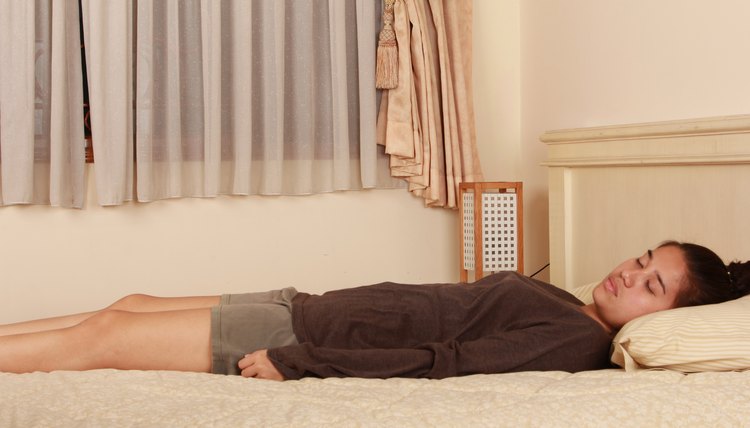
Chris Zainal/Demand Media
Turn your head 45 degrees to the left and stay in that position for 30 seconds.

Chris Zainal/Demand Media
Roll on to your left side and lie there for 30 seconds.

Chris Zainal/Demand Media
Slowly get up to the starting position as noted in Step 2 and sit for one minute.
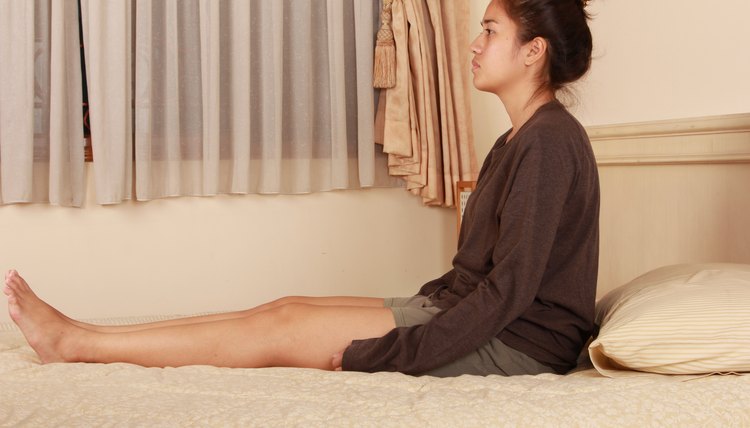
Chris Zainal/Demand Media
Repeat Step 2 through Step 7 for the second cycle.

Chris Zainal/Demand Media
Repeat Step 2 through Step 7 for the third and final cycle.

Chris Zainal/Demand Media
Repeat this exercise once a day for one week, then report to your doctor.
Tips
Keep a clean plastic bag or receptacle nearby in case you vomit during the exercises. Do your exercises at night so that your dizziness will resolve while you are sleeping.
Warnings
You will become dizzy with nausea, and may vomit during the exercises. Do not attempt these exercises without a complete examination by your primary care physician (PCP) or your specialist (otolaryngologist or neurologist). Do only the Section 1 if your left side is affected. Do only Section 2 if your right side is affected.
References
Tips
- Keep a clean plastic bag or receptacle nearby in case you vomit during the exercises.
- Do your exercises at night so that your dizziness will resolve while you are sleeping.
Warnings
- You will become dizzy with nausea, and may vomit during the exercises.
- Do not attempt these exercises without a complete examination by your primary care physician (PCP) or your specialist (otolaryngologist or neurologist).
- Do only the Section 1 if your left side is affected.
- Do only Section 2 if your right side is affected.
Writer Bio
Dwight Romulo Valdez, M.A., FAAA, has been writing health and technology articles since 2008. His articles have appeared on Youandmemagazine.com and Helium.com. Valdez has been in the hearing health care profession since 1983 and currently runs an audiology practice in New Hampshire.
